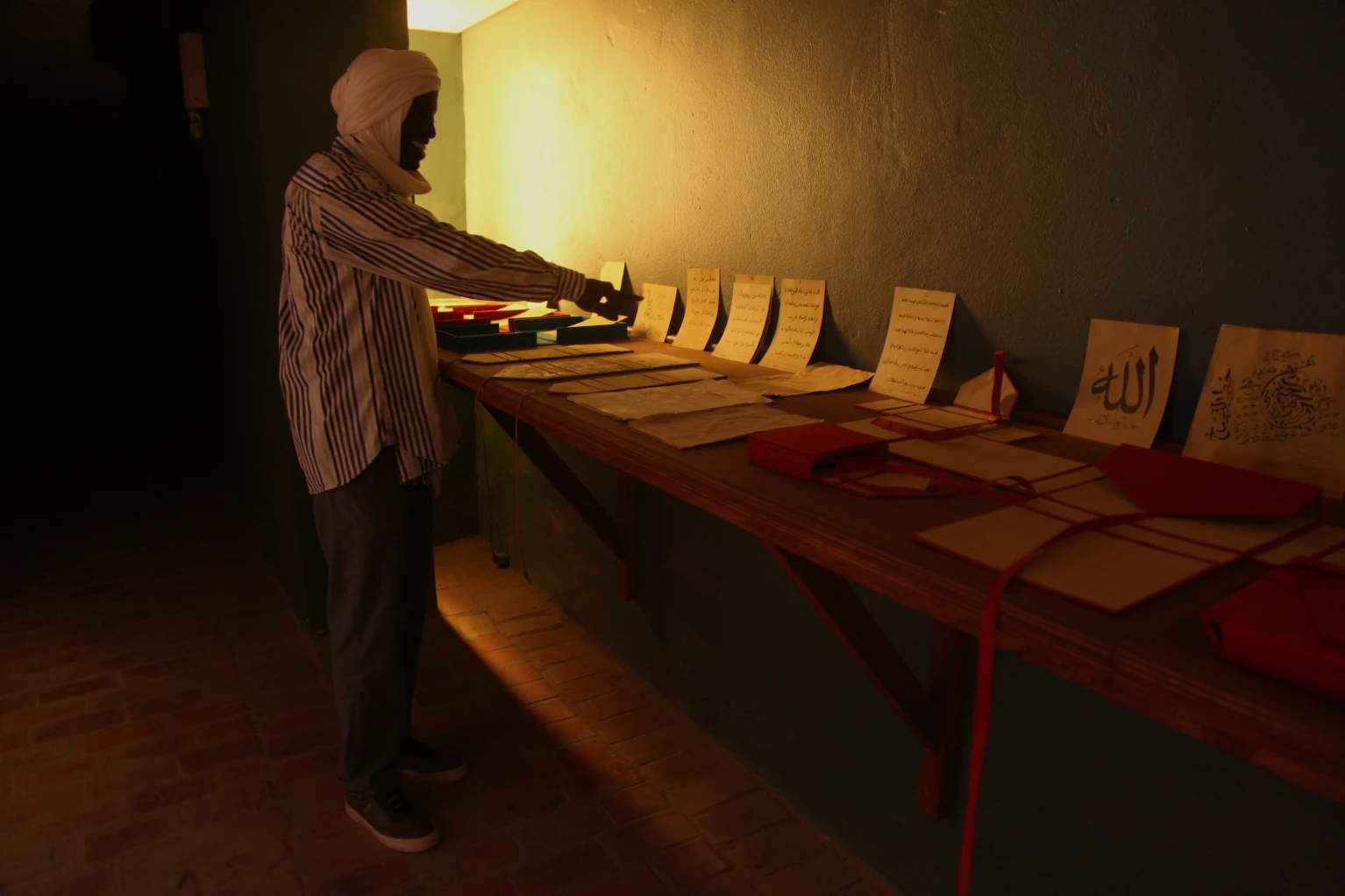
For the past 20 months, Ethiopia’s Amhara region has been torn apart by a bloody conflict between federal forces and a coalition of militia known as Fano, who demand full Amhara control of all territory they regard as part of their homeland.
It’s a war in which the Ethiopian National Defence Force (ENDF) has been accused of extreme human rights abuses, and indiscriminate drone strikes by the military have killed hundreds of civilians.
The conflict is largely waged in the rural highlands, but Fano has also managed to penetrate urban areas – raids that have triggered a violent response by the security forces.
A woman who runs a small coffee stand in the regional capital, Bahir Dar – who asked not to be named for her personal safety – said her brother, a tuk-tuk taxi driver, was one such casualty. He had been on the streets when Fano launched a night-time attack on 26 August.
“The police detained him as a suspect,” she told The New Humanitarian. “They wouldn’t let me see him. The next morning, friends found his body on the street. He had been shot in the head and hip and was covered in bruises.”
Human rights groups have accused the Ethiopian authorities of extrajudicial killings, mass arrests and attacks on schools and hospitals.
In the widening violence, more than 5,000 women have sought medical treatment after sexual abuse, a fraction of the real toll, notes the Forum for Higher Education Institutions, a coalition of Ethiopian civil society groups and universities.
“The violence is having an immediate [humanitarian] impact,” Laetitia Bader, deputy director of Human Rights Watch Africa, says. “Employees are fleeing the region; supplies have a hard time making it to hospitals and civilians are too scared to go for treatment.”
Humanitarian workers are not exempt from the unrest. Six have been reportedly killed, and 11 kidnapped by unidentified criminal groups in the growing chaos. On UN access maps, virtually the whole of Amhara is deemed at-risk – undermining the aid response to drought and displacement.
“Ongoing security threats threaten [the World Food Programme’s] ability to support almost half a million vulnerable people in the region,” said a WFP spokesperson, who asked not to be named.
During a visit last month to Gojjam in southern Amhara, one of the centres of the Fano rebellion a rare close-up look at the unfolding insurgency – and the impact of the violence on people’s lives.
The name “Fano” loosely translates as freedom fighter, and stretches back to the successful campaign by a volunteer army against the Italian fascist occupation of Ethiopia in the 1930s. The Fano of today are an ethno-nationalist group that claims to represent the Amhara, Ethiopia’s second-biggest community, and seem to have widespread popular support.
Asres Mare Damte is the deputy chairman of Fano Gojjam, the largest and most influential of two factions operating in the southern region. “We are fighting for our survival,” the former lawyer said. “For the past 28 months, I have been in the jungle struggling for my people.”
Interviewed, many rural people said they see Fano as their protection against the ENDF. “We can move around freely and work without worry,” said a civil servant. “If Fano leaves, I could die, just because I am speaking to you now.”
Support can go beyond sentiment. A farmer said he and his local community had raised enough money to buy 10 machine guns from Sudan for Fano. “I hope they never leave,” he added. “We want them here.”
Fano has resisted repeated pushes by the ENDF. There has also been an increasing number of strikes by Ethiopia’s Turkish and Chinese-made drones, which in the past year have reportedly killed more than 300 civilians. Some Amhara civic groups claim the real death toll is far higher.
Journalists witnessed the consequences of one of those strikes in the town of Afessa. A drone hit the grounds of the local high school on October 18, just hours before this reporter got there.
Dead livestock lay scattered around the impact crater, and flies and street dogs – tearing at the carcasses – seemed to have taken over the compound. Among the casualties were two Fano fighters, but also four children – the youngest just seven years old. At least eight other civilians were injured, some critically.
The town, close to what could roughly be termed the “front line”, seemed to hold no strategic importance. Two Fano units, consisting of dozens of fighters, had been present in the school compound but had left before the drone arrived. Fano had retaken control of Daghi, a nearby town, the day before. The belief was that this was a revenge attack.
The wounded were treated in a cramped, poorly lit mud-and-straw house. Fear of another strike prevented them from being transported to the local health post.
“Some are in terrible shape,” said a civilian doctor, who asked not to be named, wiping the sweat from his forehead. “A woman has a fractured back and skull, and a man has lost too much blood. They need to get to a real hospital, but the roads are bad, and ambulances are targeted by drones.”
Soldiers have beaten, arbitrarily arrested, and intimidated medical professionals for treating patients suspected of being Fano, according to a report by Human Rights Watch. Hospitals have also been raided and ambulances attacked.
The Amhara have historically dominated economic, cultural and political life in Ethiopia: Ethno-nationalists see their community as the embodiment of “Ethiopianness”.
The stated goal of the insurgency is to end the “oppression” of the Amhara, and the “balkanisation” of Ethiopia under the current federal constitution, which divides the country into 12 states based on language and ethnicity. But critics suspect Fano’s approach is an attempt to restore Amhara dominance under the guise of national unity.
- A Tell report / Republished with permission of The New Humanitarian







